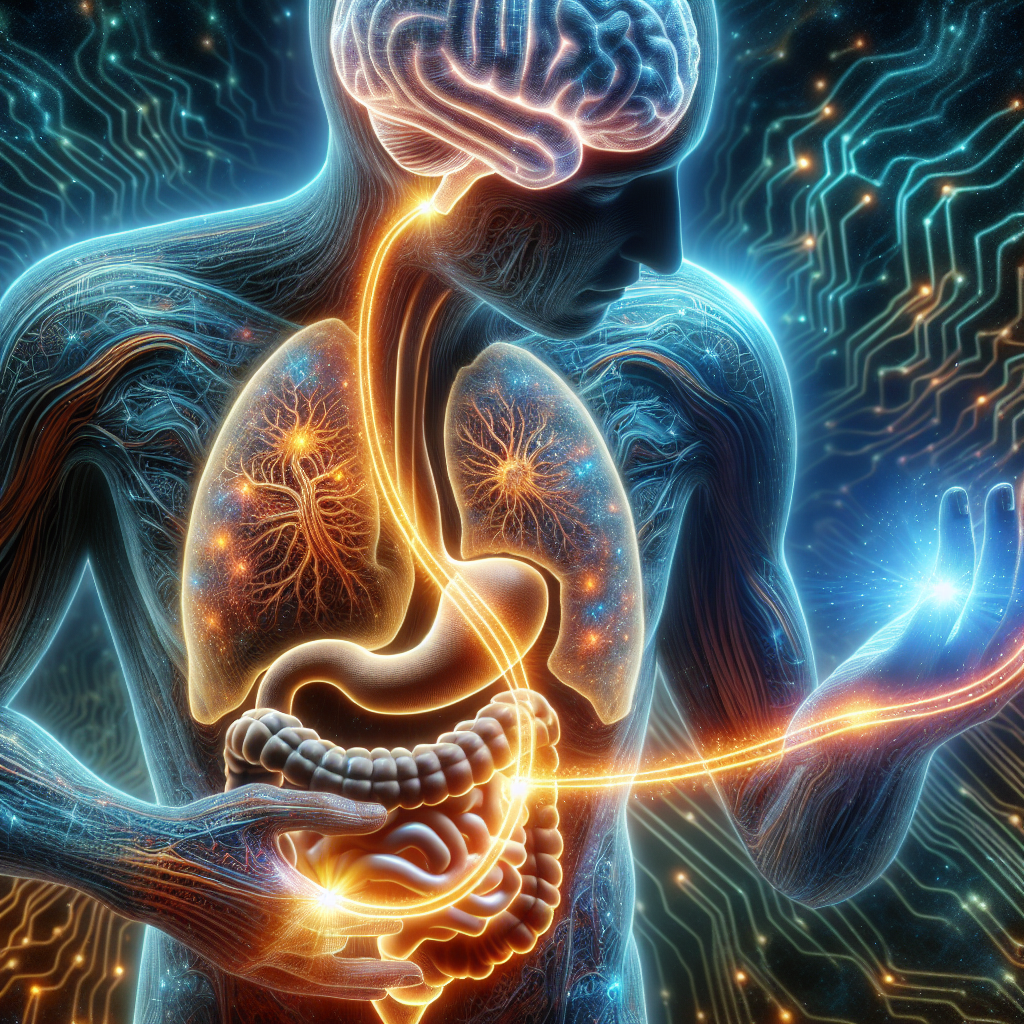Have you ever experienced a hunch that proved absolutely correct, even when logic suggested otherwise? This phenomenon, known as gut feelings, is more scientific than it seems. Often dismissed as mere quirks of intuition, these feelings are actually grounded in complex neurological processes.
Delving into intuitive perception reveals a fascinating intersection of psychology, neuroscience, and evolutionary biology. While it may feel like a sixth sense, intuition is actually our brain making swift judgments based on subconscious cues and past experiences. This rapid processing is what creates that instinctive “I just know” sensation.
Our gut feelings are not just whims of the mind; they are supported by the enteric nervous system, often called the “second brain,” which communicates directly with the central nervous system. This link explains why we sometimes experience physical sensations in our stomachs when facing difficult decisions.
Understanding the science behind these subconscious whispers can empower us to trust and refine our intuition, turning it into a valuable tool for decision-making and personal insight. So, next time you have a gut feeling, remember—there’s much more happening beneath the surface than meets the eye.
Understanding Intuition: A Deep Dive into Gut Feelings
Why do some people excel at making accurate decisions while others hesitate? It’s not just luck or chance; it’s often their ability to trust their intuitive perception. This section explores the intricate workings of intuition, examining how the brain, emotions, and past experiences shape these gut feelings.
The Role of the Brain in Intuitive Perception
The brain excels at processing information rapidly and efficiently, often without our conscious awareness. When considering intuition, we focus on the brain’s ability to synthesize subconscious cues and patterns from past experiences. This is where the amygdala and prefrontal cortex play crucial roles in decision-making processes.
The amygdala, linked to emotional responses, helps us recognize potential threats and opportunities from past encounters. Meanwhile, the prefrontal cortex, responsible for higher-order thinking, evaluates these cues and suggests potential actions. This collaboration allows us to act intuitively, often without realizing the complexities involved. A study by Frontiers in Psychology found that individuals with stronger connections between these areas tend to make faster and more accurate intuitive decisions.
Moreover, the brain’s capacity to process information unconsciously enhances the power of intuition. Consider a chess player who can predict an opponent’s moves after years of practice without deliberate analysis. Their brain has encoded countless patterns, enabling them to respond almost instinctively.
The Connection Between Emotions and Gut Feelings
Emotions are closely intertwined with intuition, often serving as catalysts for gut feelings. The interplay between our emotional state and intuitive perception can either enhance or cloud our judgment. This relationship becomes apparent when we feel an inexplicable sense of unease or a sudden surge of confidence.
Emotions are processed in the limbic system, which interacts with other brain areas to inform our decisions. Positive emotions can bolster our intuitive insights, providing clarity and assurance. Conversely, negative emotions may lead to biased or clouded judgments.
Renowned psychologist Daniel Kahneman highlights this relationship in his book, “Thinking, Fast and Slow,” explaining how our emotional responses significantly influence the speed and accuracy of intuitive decisions. He notes, “The emotional tail wags the rational dog.”
Practically, learning to manage emotions can enhance our ability to harness intuition. Techniques like mindfulness and emotional regulation help strike a balance, ensuring our gut feelings are rooted in reality rather than fleeting emotions.
Exploring the Science Behind Intuitive Perception
Intuitive perception transcends mere psychology and is deeply rooted in our biology. Understanding how the body communicates with the mind offers insights into the science behind gut feelings.
How the Body Communicates with the Mind
The body-mind connection is vital for intuitive perception. The enteric nervous system, often called the “second brain,” plays a significant role in this communication. Situated in the gut, it contains millions of neurons that send signals to the brain, influencing our emotions and decision-making processes.
Research by the American Psychological Association shows that these gut-brain interactions can trigger visceral responses, like feeling butterflies in the stomach when anxious. This physiological response often precedes intuitive insights, alerting us to potential changes or decisions needing attention.
The release of neurotransmitters like serotonin and dopamine, prevalent in the gut, underscores the importance of this connection. These chemicals affect mood and perception, further linking our physical state to our intuitive awareness.
The Impact of Experience and Memory on Intuition
Experience and memory form the bedrock of intuitive perception. Our past experiences create a knowledge repository that the brain accesses when facing new situations. This information reservoir allows us to draw parallels, identify patterns, and make informed decisions quickly.
Consider a seasoned firefighter who can sense danger in a burning building based on years of experience. Their brain has cataloged numerous scenarios, enabling decisive action based on subtle cues others might overlook.
Memory plays a crucial role in this process, with the hippocampus instrumental in storing and retrieving memories. When making decisions, the brain retrieves relevant memories, drawing on past knowledge. Consequently, individuals with rich and varied life experiences often exhibit stronger intuitive abilities.
In conclusion, the science behind intuitive perception reveals a complex interplay of brain function, emotional dynamics, and past experiences. Understanding these elements helps us harness our intuition, transforming gut feelings into powerful tools for navigating life’s challenges. So, next time you trust your instincts, remember—you’re engaging in a sophisticated dance of biology and psychology.
The Hidden Symphony of Intuition
As we unravel the enigmatic world of gut feelings, it becomes clear that intuitive perception is a harmonious blend of neuroscience, psychology, and biology. Far from being mysterious or mystical, intuition is deeply rooted in the brain’s ability to process subconscious cues and emotional signals with remarkable speed and accuracy.
The intricate dance between the enteric nervous system and the brain highlights how our bodies contribute to intuitive insights. This biological partnership is strengthened by our past experiences, which serve as a rich tapestry of knowledge for the brain to draw upon. The role of memory in shaping our instincts cannot be understated, as it provides the foundation for recognizing patterns and making informed decisions.
Ultimately, understanding the science behind intuitive perception empowers us to harness our instincts more effectively. By embracing this sophisticated interplay of biological and psychological processes, we can transform our gut feelings into a formidable tool for navigating life’s challenges. Trusting your instincts isn’t just following a feeling—it’s engaging in an elegant symphony of the mind and body.






